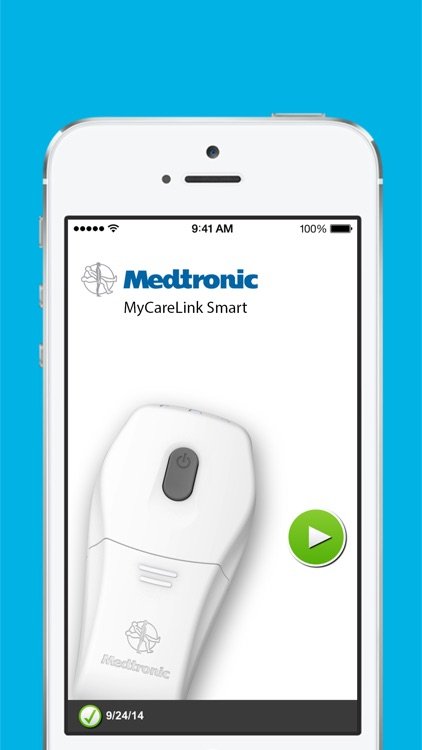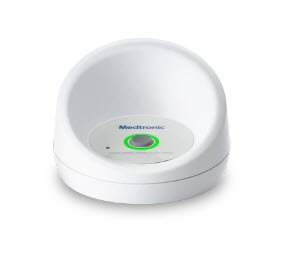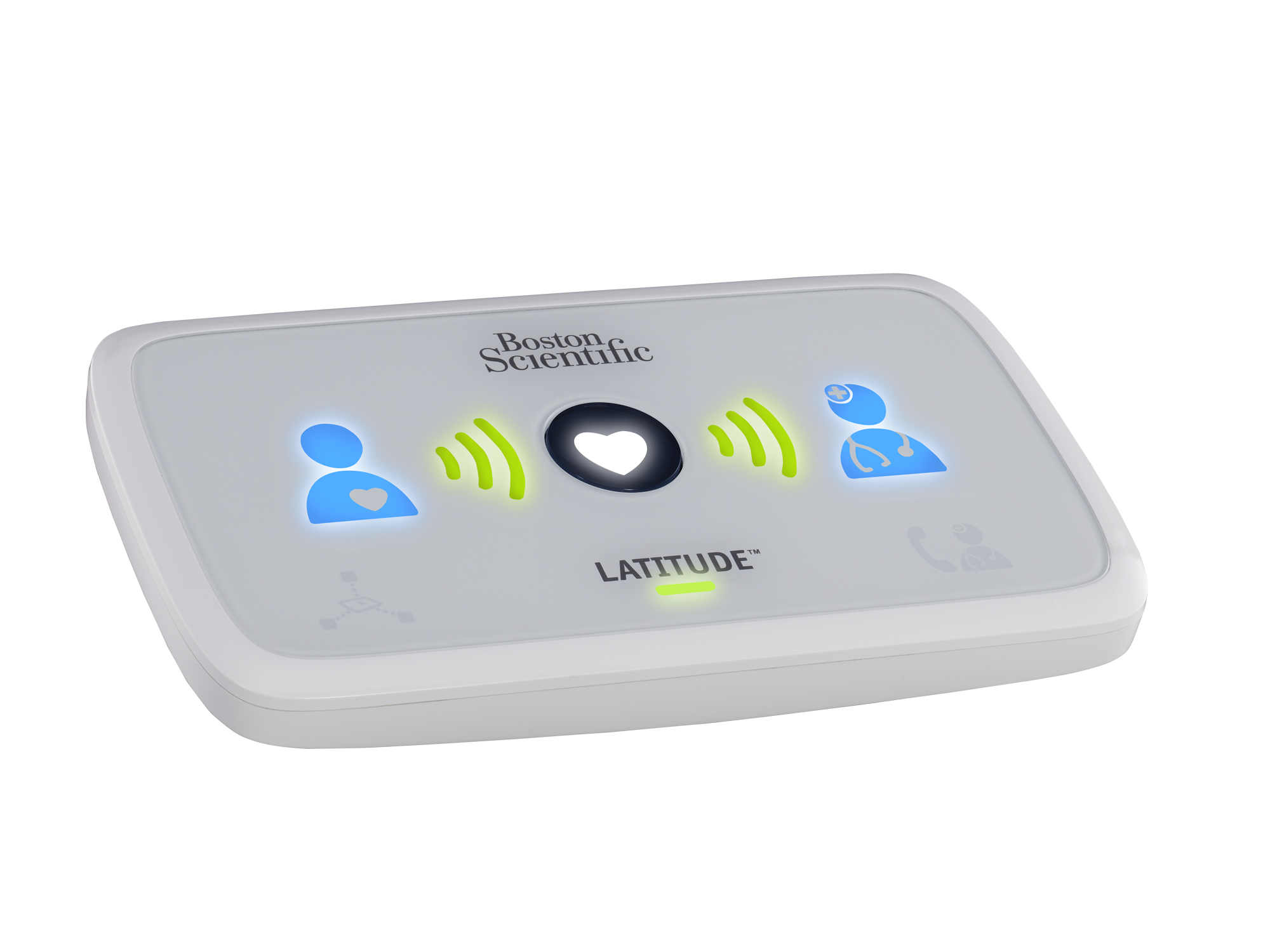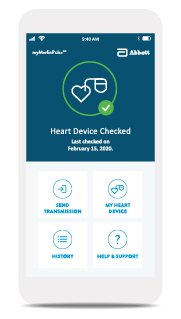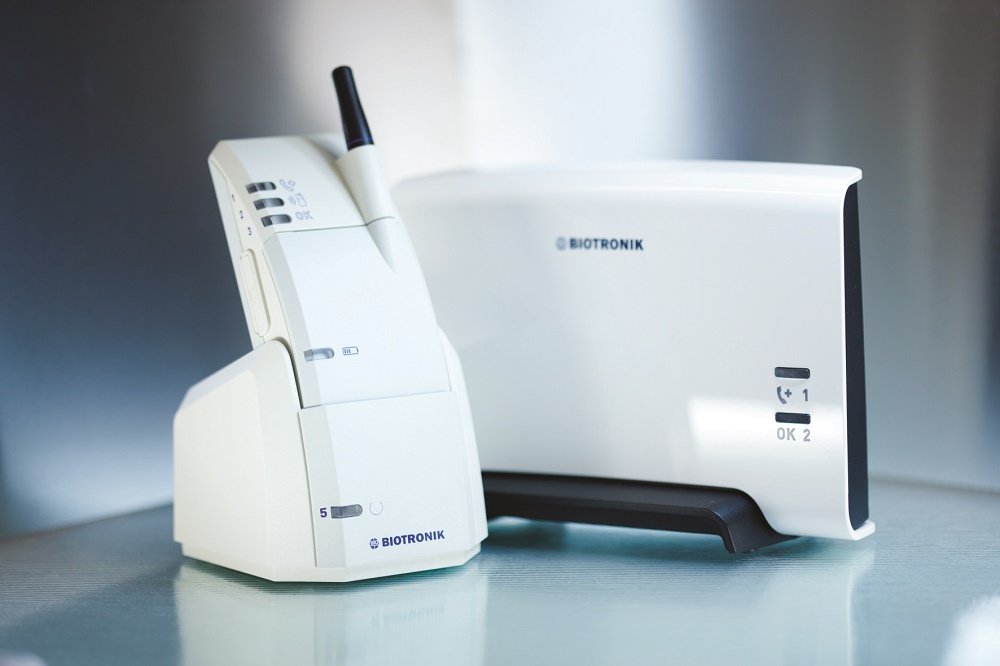
Keeping your remote monitor connected
*This page looks at monitor connectivity specifically. For general information on remote monitoring, please navigate to the ‘For Patients’ page.
FAQs - Remote monitor connectivity
Where should I set up my home monitor?
Unless instructed otherwise by a cardiac device technician, set up your home monitor in the bedroom, ideally within 1.5 meters of where you sleep e.g. on your bedside table. This ensures reliable connectivity as the monitor checks in with your cardiac device at nighttime, usually around 2am. It will do this wirelessly and no intervention is needed by you for it to perform its check.
I’m unsure if my monitor is connected, who should I contact?
You should first contact your device manufacturer as they are the experts in troubleshooting any hardware related issues. Before you contact them, it is handy to have your device information at hand (such as a device ID card), as well as your cardiologists name.
Contact info for device manufacturers are listed below. Please call during the below hours for the best service:
Abbott Medical (formerly St Jude Medical / Merlin monitors):
1800 899 081 (Mon - Fri, 8am - 7pm)
Medtronic (Carelink monitors)
1800 644 128 (Mon - Fri, 9am - 4pm)
Boston Scientific (Latitude monitors)
1800 528 488 (Mon - Fri, 9am - 5pm)
Biotronik
1800 227 346
Microport (formerly Sorin)
1300 642 778
If you continue to have issues with a disconnected monitor despite troubleshooting with the device manufacturer, please reach out to us at info@precisionpacing.com.au
Will my cardiac device still work if my monitor is disconnected?
Yes, your cardiac device will continue to work normally even if remote monitoring is unavailable or disconnected. The primary function of your device - such as pacing your heart, detecting irregular rhythms, or delivering therapy (like a shock if you have an ICD) - is completely independent of remote monitoring. The device operates 24/7 to support your heart, and any critical data (like abnormal rhythms or therapy events) is stored in the device’s memory until it can be transmitted.
However, remote monitoring is important for tracking your device’s performance and detecting changes in your heart rhythms early. Prolonged disconnection should be avoided so your healthcare team can monitor and address any potential concerns promptly.
What happens if my monitor is disconnected without me knowing?
Your clinic will be notified if your home monitor is unable to connect to your cardiac device or fails to transmit data to the clinic for a certain number of days. Most systems have a "grace period" (e.g. 2 weeks) to allow for temporary non-connectivity, as people often travel out of range of their monitor. The length of this grace period depends on the manufacturer’s specified settings.
If your monitor remains disconnected beyond this grace period, your clinic will contact you to help reconnect your monitor and ensure continuous monitoring of your cardiac device. Any alerts or events recorded by your cardiac device while the monitor was disconnected will not be lost—they will be transmitted as soon as the monitor reconnects.
What happens if the power goes out?
If the power goes out, your remote monitor will stop transmitting data temporarily, but your cardiac device will continue to function normally. Here’s what will happen:
The monitor will not be able to send data to your healthcare provider during the outage.
Any alerts or events recorded by your cardiac device during the outage will be stored in the device’s memory and transmitted when the power comes back on.
You do not need to do anything.
If I travel, should I take my home monitor?
It’s entirely up to you whether you take your monitor with you. Here’s what you need to know:
Your monitor will work anywhere in Australia where there is compatible mobile phone reception and in many other countries outside of Australia.
Your monitor does not affect the functioning of your cardiac device. Even if you leave it at home, your device will continue to work normally to support your heart. Any recorded alerts will be stored on the cardiac device and will transmit when you are next in contact with the home monitor.
If you’re going away for more than 2 weeks and not taking your home monitor, please let Precision Pacing know by emailing: info@precisionpacing.com.au
If you are unsure as to whether you should take your monitor, please discuss it with your cardiologist.
Whatever you decide, enjoy your trip!

